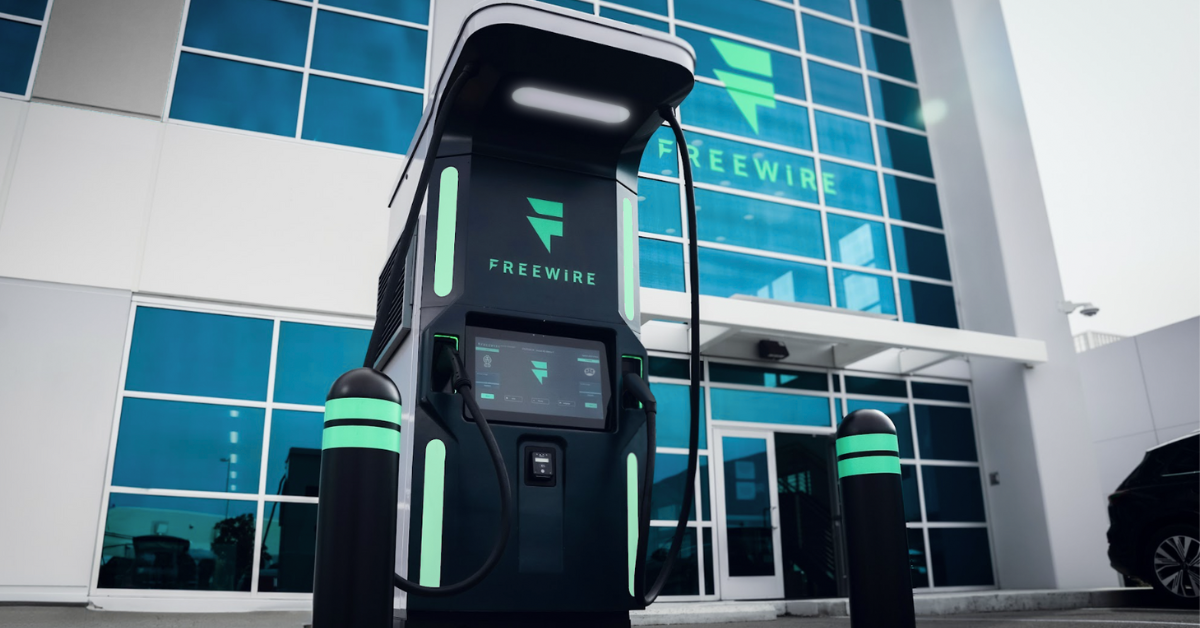Hello, I am a new EIT and have much to learn - thank you for any help.
I am trying to work on feasibility of upgrading some EV chargers from 25 kW to 50 kW. The sites in question only have single phase 240 supply. The 50kW chargers require 480V and three phase w/ a neutral. So, first step up the voltage from 240->480, which will feed a phase converter to convert from single to three phase, but all phase converters I've looked at so far have no neutral. Is there an efficient way to add the needed neutral so the charger upgrade can work? So far the only thought is adding another transformer to create the neutral, but if you're upgrading 4 chargers, that's already 8 transformers for the circuit. Any advice would be appreciated.
I am trying to work on feasibility of upgrading some EV chargers from 25 kW to 50 kW. The sites in question only have single phase 240 supply. The 50kW chargers require 480V and three phase w/ a neutral. So, first step up the voltage from 240->480, which will feed a phase converter to convert from single to three phase, but all phase converters I've looked at so far have no neutral. Is there an efficient way to add the needed neutral so the charger upgrade can work? So far the only thought is adding another transformer to create the neutral, but if you're upgrading 4 chargers, that's already 8 transformers for the circuit. Any advice would be appreciated.

